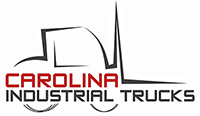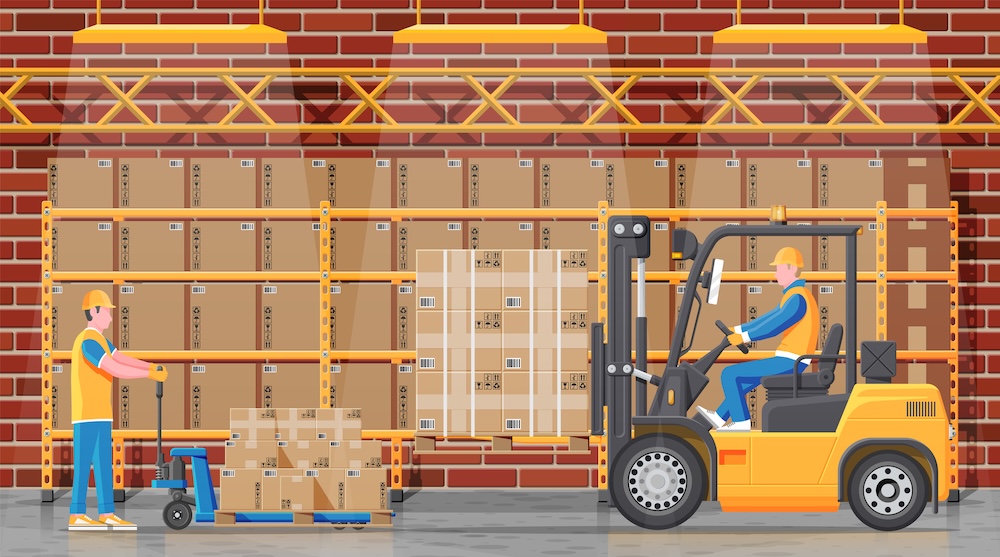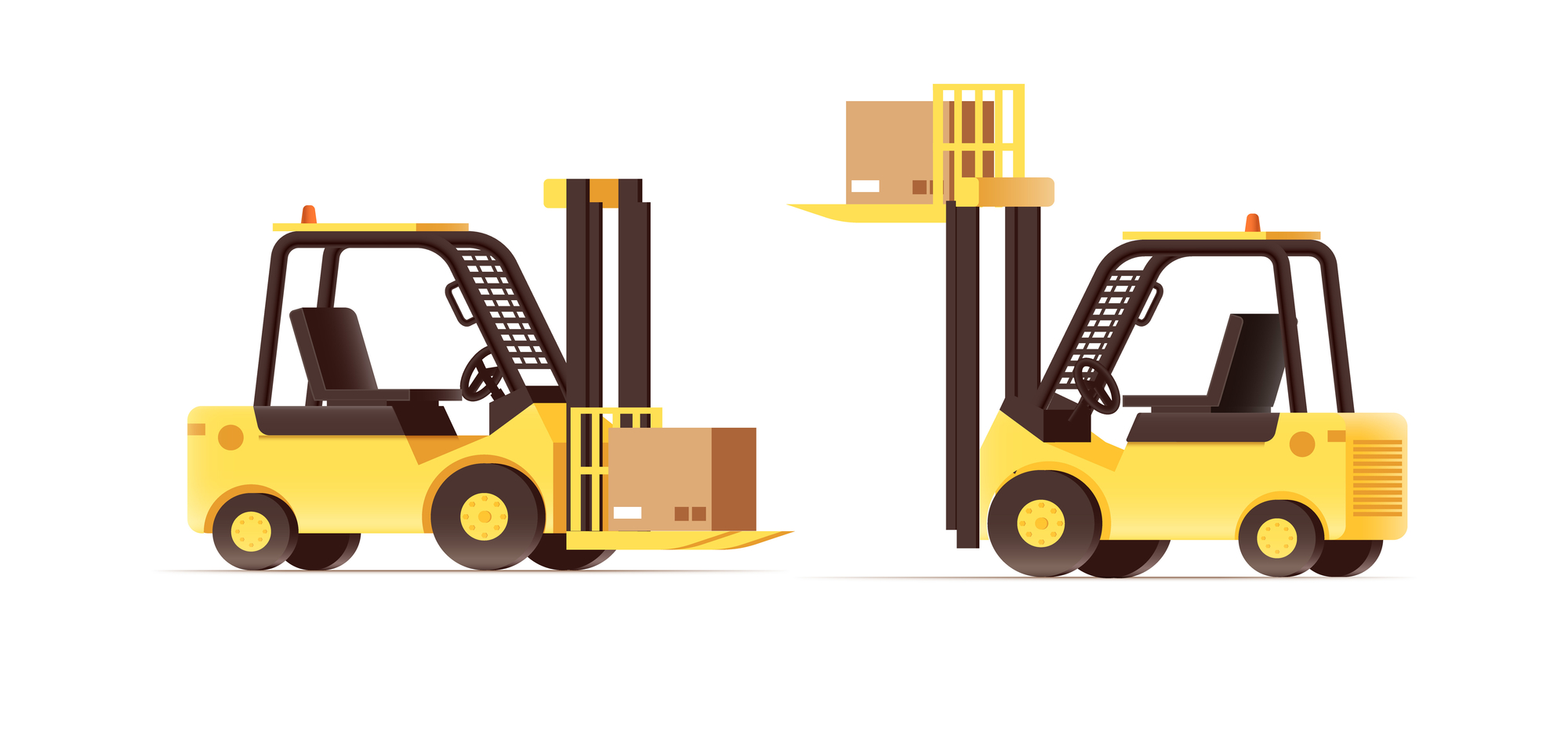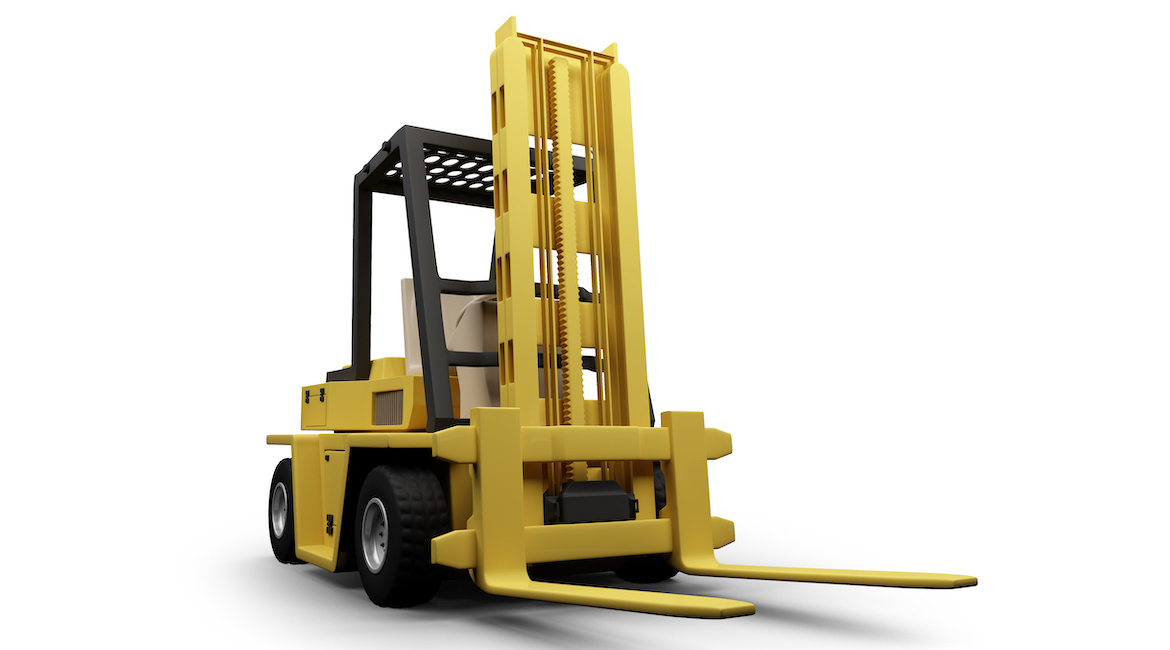How to Buy Quality Aftermarket Forklift Parts
04/19/2021
CITrucks
What if you need replacement forklift parts for a forklift but don't want to pay a lot, or it's the only option? Find out how to buy quality aftermarket forklift parts.
Over 1.4 million forklifts were sold world-wide in 2020, and the market doesn't look like it will be slowing down any time soon.
With growth rates over the next five years expected to be over 6%, there will be more forklifts in use world-wide than ever before. The more forklifts there are, the more that will need repairs and replacement forklift parts.
But where are you going to source those replacement parts? What are your options?
You're in the right place. If you continue reading, you'll find all of the information you need to know about the importance of maintenance, and how to buy quality aftermarket parts.
Importance of Maintenance of your Forklift
Forklifts are a very valuable asset, and if they are damaged and require replacement parts it will hurt your productivity and bottom line. It can also lead to dissatisfied customers, or worse, it can put your employees in danger.
Maintenance is vital for the success of your business. While no one plans for their equipment to break, replacement parts play a crucial role in keeping your operations, and forklifts, running smoothly, and keeping your most valuable asset, your employees, safe.
The Risks of Improper Forklift Maintenance
As with anything mechanical, using equipment that hasn't been properly maintained runs a variety of risks. To get the most out of your forklift and its operator, it's important to make sure that these risks are understood, and you follow proper maintenance.
The first risk that you run is a decline in productivity of your forklift operators. If their equipment isn't running as smoothly as it should be, it can take a toll on how well they're able to do their job, as well as affecting their health. An operator using a forklift that has tires at 60% tread life can absorb as much as 84% of the shock produced by the forklift.
Wear and tear is also a major concern that comes with improper maintenance of a forklift. If the forklift is not operating at optimal levels it can cause an increase in energy consumption, as well as damage to other parts that must compensate for the worn part.
The stability and strength of your forklift is also of major importance. When operating a machine that is regularly lifting and carrying thousands of pounds there are a lot of things that can go wrong. Ensuring that all of the parts of your forklift can prevent failure of the forklift as well as keeping its operator safe and the load that is carrying intact.
Failure of worn parts can also cause damage to your facilities, which would negatively affect productivity and worker safety, as well as decrease the lifespan of your forklift, leading to having to replace it sooner than if worn parts were replaced.
OEM vs. Aftermarket Forklift Parts
So, where and how do you source the replacement parts that you need for keeping your forklifts in prime condition? First you need to know what your options are. There are two different types of replacement parts: OEM parts, and aftermarket parts.
OEM parts are parts that are supplied by the original manufacturer. If a seatbelt breaks and you replace it with an OEM seatbelt, it will be the exact same part as the one you're replacing. The advantage of OEM parts is that they come with a guarantee of top-notch quality and labor cost warranty protection on the part in a situation where something goes wrong.
Aftermarket parts, on the other hand, are an alternative to the OEM part. They're made by a different manufacture to perform the same exact function and can be a more cost-effective alternative to OEM parts. Their primary drawback is that while they may have a quality guarantee, there is no coverage of labor cost, so there may be a bit more risk associated with going the aftermarket route.
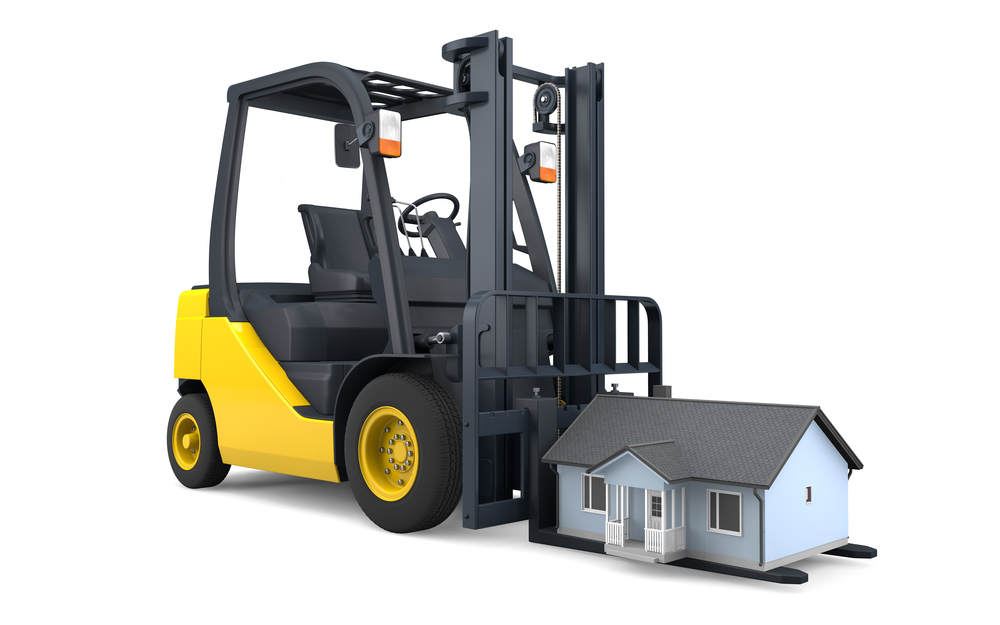
Advantages of Aftermarket Parts
A major advantage of using aftermarket parts is that they are usually more cost effective than the OEM option. Aftermarket products also can offer additional options depending on the purpose that the forklift is going to serve.
Some of the most popular aftermarket replacement parts are:
- Seat belts
- Hood shocks
- 12-volt LED lights
- LED bullet lights
- Strobe lights (in red, blue, or orange)
- Safety lights
Aftermarket replacement forklift parts are also much easier to source than OEM replacements, as they are more broadly distributed. This can make a big difference when you're in need of replacement parts quickly.
In most cases, aftermarket parts are sourced from the same suppliers that OEM parts come from, so while the name on the packaging may be different, when it comes down to it, you're still getting the same part.
How to Buy Aftermarket Forklift Parts
In order to keep operations running and business booming, it's important to keep a supply of replacement parts on-hand. The best way to buy aftermarket parts is to know which parts need to be replaced most often, find a reputable parts supplier, and order the parts that you want to keep in inventory.
Where to Go from Here
Now you have all of the information that you need in to make the best decision on replacement forklift parts for you and your operations. Your productivity, safety, and success are important, and having the parts you need can go a long way towards achieving those goals.
For more information and all of your replacement forklift parts needs, Carolina Industrial Trucks is here.
